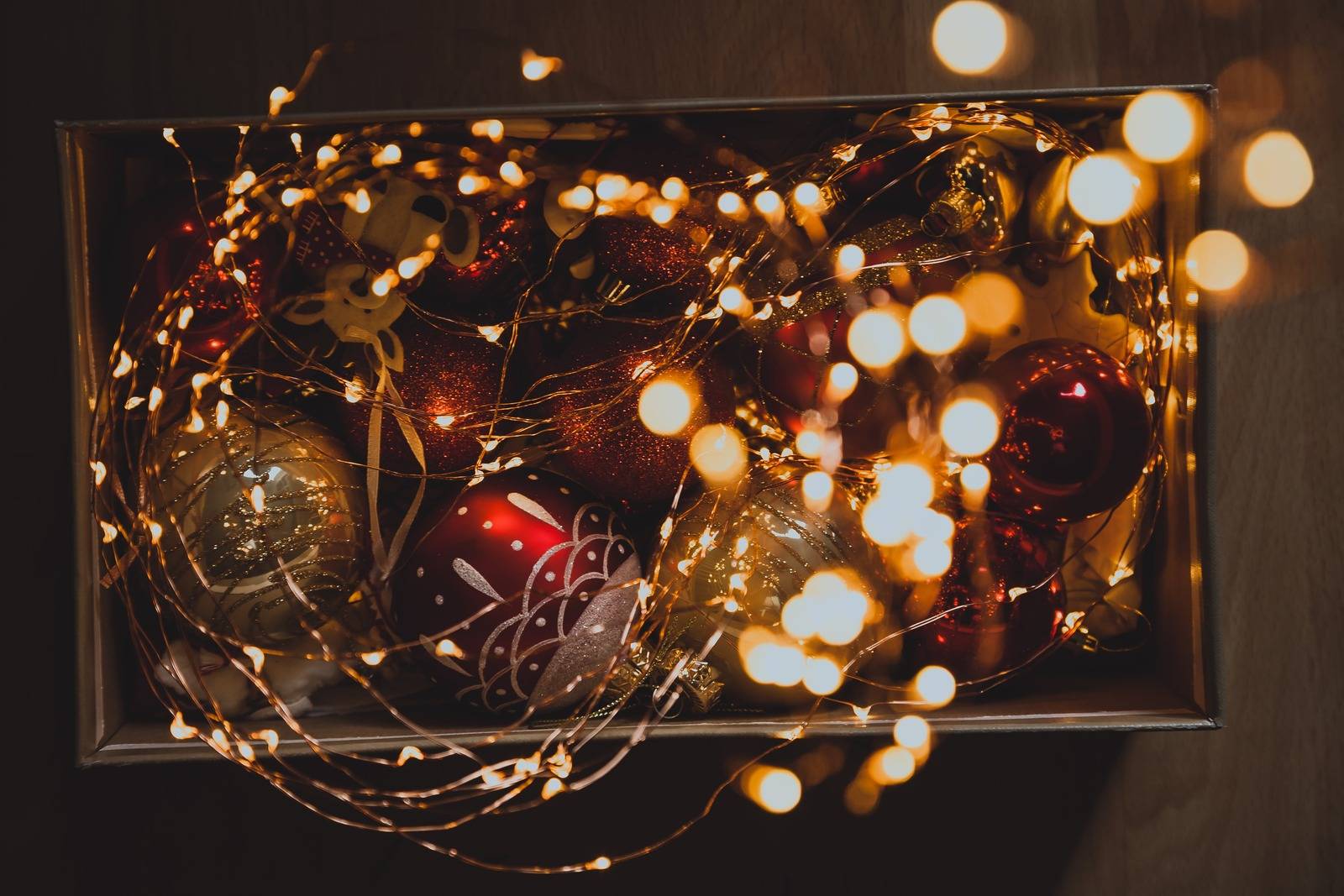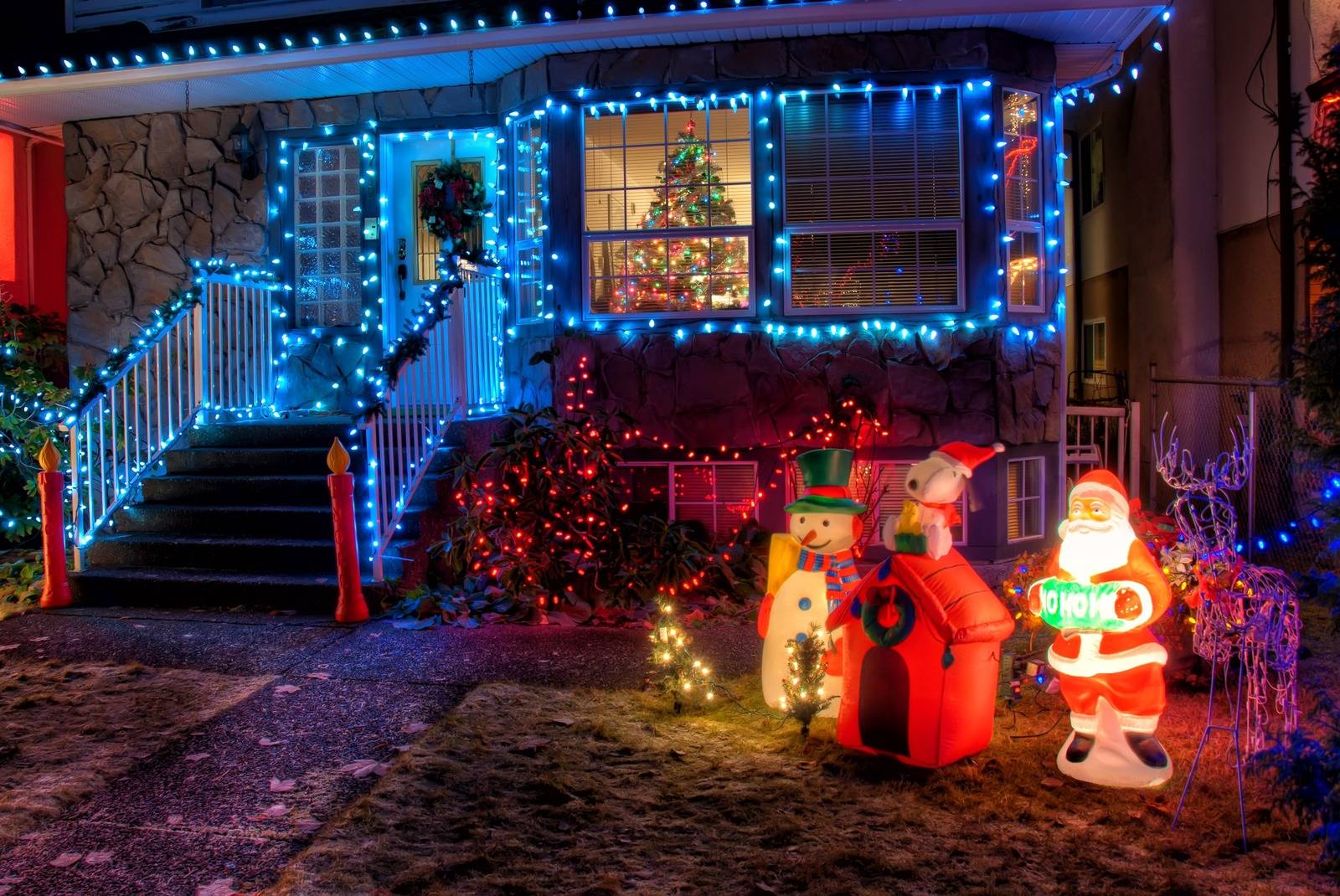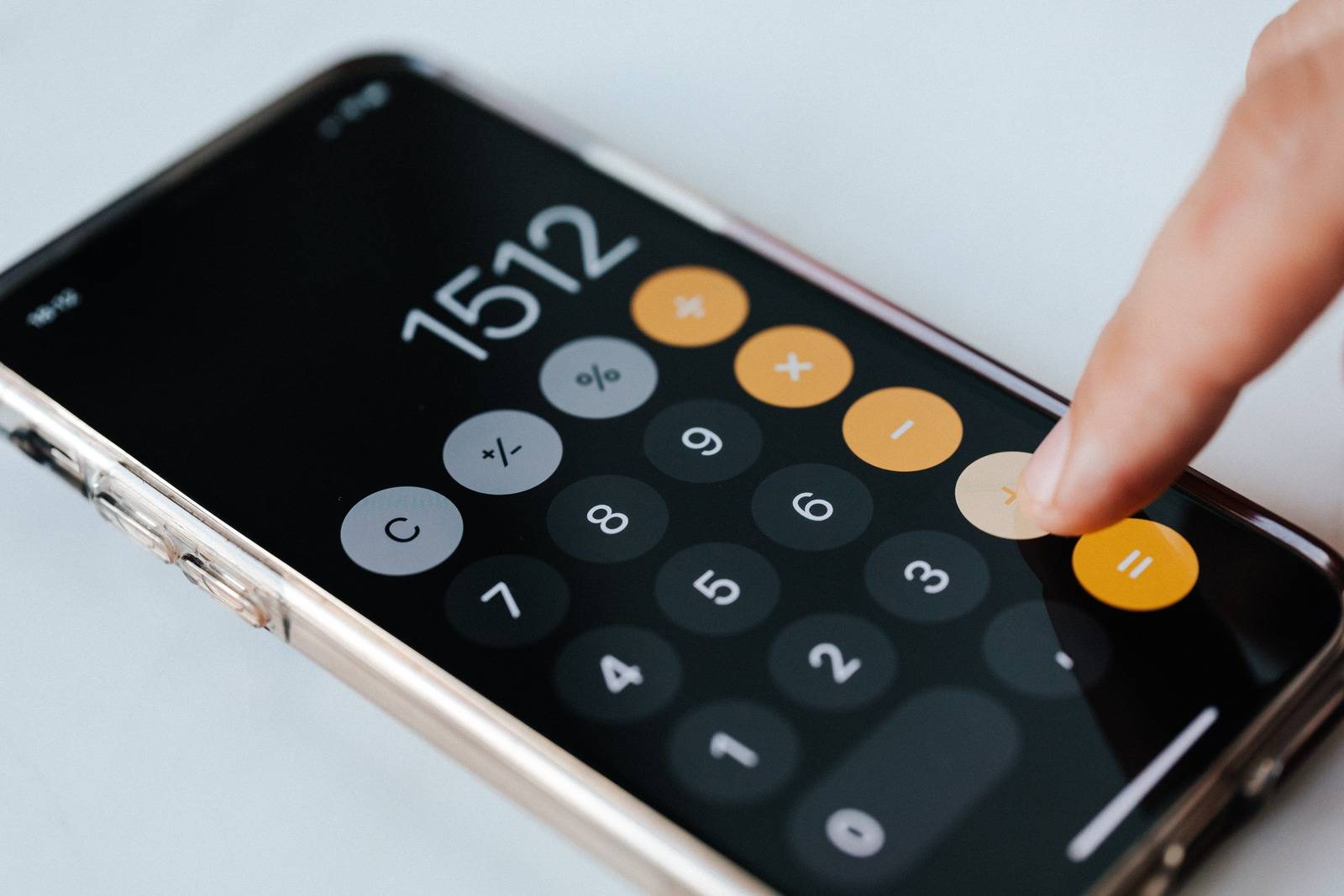Untangling the Expenses: How Much Do Christmas Lights Cost to Run?
As we are fast approaching the festive time of year, many of us will be busy decorating our homes with Christmas lights.
However, have you ever stopped to think about how much do Christmas lights cost to run?
With electricity prices on the rise, it’s important to consider the impact on our energy bills.
No matter what style or theme you choose for your decorations, one thing is certain: they do add to the festive spirit and create a warm and welcoming atmosphere.
In this document, we will explore the expenses associated with running Christmas lights and provide tips on how to save money while still spreading holiday cheer.
Understanding Electricity Usage
Before we dive into the specifics of the cost to run Christmas lights, it’s important to have a basic understanding of electricity usage.
Electricity is measured in kilowatt-hours (kWh), which is the amount of energy used by a 1,000-watt appliance in one hour.
The cost of electricity is determined by the rate per kWh set by your utility company.
According to the UK government, the average household in the UK uses around 3,800 kWh of electricity per year.
This equates to an average cost of £572 ($750) per year for electricity.
Types of Christmas Lights

There are various types of Christmas lights available on the market, each with different energy usage and costs.
Incandescent Lights
Traditional incandescent bulbs are the most common and cheapest type of Christmas lights, but they are also the most energy-intensive.
LED Lights
They can use up to 80% more energy than LED lights, which have become increasingly popular due to their lower energy consumption.
LED lights also have a longer lifespan, making them a more cost-effective option in the long run.
Halogen Bulbs
Halogen bulbs are another energy-efficient option as they use up to 30% less energy than incandescent lights.
However, they do have a higher upfront cost compared to LED lights.
LED Filament Bulbs
LED Filament bulbs are the newest type of Christmas lights on the market and are designed to mimic traditional incandescent bulbs.
However, they use significantly less energy and have a longer lifespan than traditional bulbs.
The Cost of Running Christmas Lights

The cost of running Christmas lights depends on various factors such as the type of lights, the size of your display, and how long you leave them on for.
However, to give you an idea of the potential cost, let’s consider an average scenario.
Assuming that you have a display of 500 LED lights and you run them for six hours per day over the course of December (31 days), here’s how much it would cost:
- 500 LED lights x 0.05 watts per light = 25 watts
- 25 watts x 6 hours = 150 watt-hours (Wh) per day
- 150 Wh x 31 days = 4,650 Wh or 4.65 kWh for the month
Considering an average electricity rate of £0.12 ($0.16) per kWh, this would cost approximately £0.56 ($0.73) for the month.
Calculating the Cost to Run Christmas Lights

You will need to know:
- The wattage of your lights
- The number of hours they are used per day
- The length of time they are displayed (in days)
- The cost per kWh set by your utility company
Once you have this information, here’s the formula to calculate the cost:
Cost = (Wattage x Hours Used Per Day) / 1,000 x Days Displayed x Cost per kWh.
Or click here to calculate your electrical usage: calculate the cost of running your Christmas lights
Tips for Reducing Energy Bills
If you’re concerned about the impact of Christmas lights on your energy bills, there are several simple ways to reduce costs without sacrificing any Christmas Decorations:
- Choose LED lights over incandescent bulbs.
- Use a timer to turn off display during non-peak hours (e.g., when everyone is asleep).
- Consider reducing the number of hours you display your lights.
- Opt for solar-powered or battery-operated fairy lights.
- Use energy-efficient decorations, such as LED candles or low-wattage string lights.
Remember, every little bit counts when it comes to saving on your energy bills.
Christmas Tree Lights vs. House Lights

When it comes to Christmas lights, the debate between decorating your tree and your house is a common one.
However, since Christmas tree lights tend to have a lower wattage and are only displayed for a few weeks, they typically have less of an impact on your energy bills compared to house lights.
If you’re worried about costs, consider using LED lights for your house and traditional incandescent bulbs for your Christmas tree.
Old Christmas Lights vs New Christmas Lights
If you’re wondering whether it’s worth investing in new, energy-efficient Christmas lights, the answer is yes.
While it may seem costly upfront, switching to LED lights can save you money in the long run and also reduce your carbon footprint.

Additionally, newer lights are often designed with safety features such as low voltage and shatterproof bulbs.
Conclusion
In conclusion, the cost to run Christmas lights this festive season will vary depending on various factors such as type of lights, display size, and usage time.
However, by choosing energy-efficient options and implementing simple tips to reduce costs, you can still enjoy a festive home without breaking the bank.
Ultimately, it’s all about finding a balance between spreading holiday cheer and being mindful of electricity costs.
The festive period is a time for joy and celebration, so don’t let the fear of high utility bills dampen your spirits.
By understanding electricity usage and choosing cost-effective options, you can still have a beautifully lit home while saving money in the process. Wishing you a happy and budget-friendly Christmas season!

